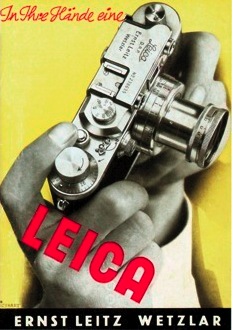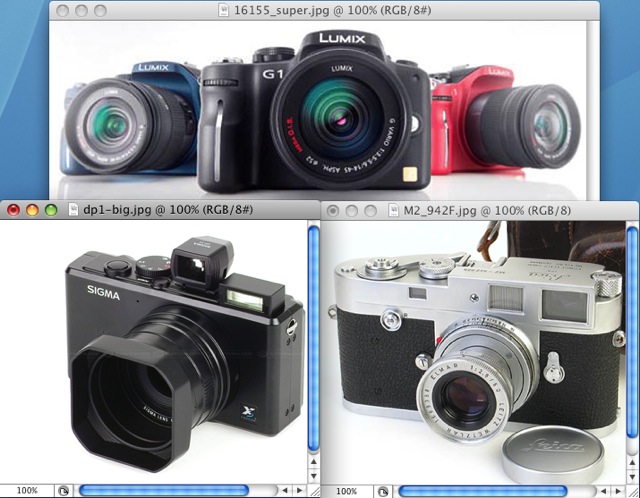Well overdue
Take any consumer or better DSLR and you will find it comes with a more than decent lens. Computer design and mass manufacture has made these multi-element wonders but distant relatives of their generally awful forbears.
So worrying about the lens is not the primary matter of concern for the buyer of a good camera.
Ease of use is the decider, I suspect.
And as Apple testifies with its ghastly glossy monitors, first impressions are key to a sale, be it of computers, cars or cameras. No matter that the thing appalls you after a week of ownership. Like that over bright AV system, it looked good in the store.
With cameras, as with people, the eyes are the mirror of the soul, and for a photographer that means the first real feel he gets for a camera is by peering through the viewfinder. Mercifully, with full frame DSLRs, the view is every bit as big and bright as it was through your Nikon F of yore. However, the tradeoff for the (D)SLRs excellent viewfinding is greatly increased bulk, weight and noise, the latter due to the flapping mirror mandated by the design.
This user is cursed with mediocre eyesight. Thus it’s hardly any wonder that some 30 years of my life were spent pressing the button on a Leica M. All it took was one look through the magnificent finder of the M3, or even better, the M2, and you were sold. And the only place you can enjoy a like experience in today’s world is with the M8, at egregious cost. Even if you are Bill Gates, the thought of dropping a $7k camera+lens is going to inhibit your use. It’s the same reason no one drives his Ferrari in anger. So these jewels get little use in the real world.
That’s why I think whoever gets the viewfinder right – the sharp end of the user’s decision process – will be on to a good thing. It will not be Leica – they lack both the electronic skills and the necessary money.
I do think that company will be Panasonic. Recall the press release I referenced here. You have to realize that the Japanese, those masters of modern design, adulate the Leica rangefinder camera. They are leading collectors of the marque and it’s no wonder that a nation with such a refined sense of style and design would find the Leica M as something to look up to. And the Japanese are too smart to deny that imitation is the sincerest form of flattery. As much is obvious to a between-the-lines reading of that Panasonic spokesman’s quote.
So, Panasonic, make that electronic viewfinder bright, blur free and with that fabulous suspended frame defining the field of view floating freely in space. And leave a bit of room around the frame so that the user can literally see what’s coming. Then we will have the best of all worlds. A zoom EVF with suspended brightlines, a slim and small mirror-free body, an offset eyepiece for added stability, no viewfinder hump and nothing more than a whisper when the button is pressed. Then the M2’s sublime design will have come full circle, though its replacement will be a mere fraction of the cost. Heck, give the thing a manual wind-on lever. That will stop gratuitous snapping if nothing else will.

The Leica M2 finder – Panasonic’s design brief. The best yet


